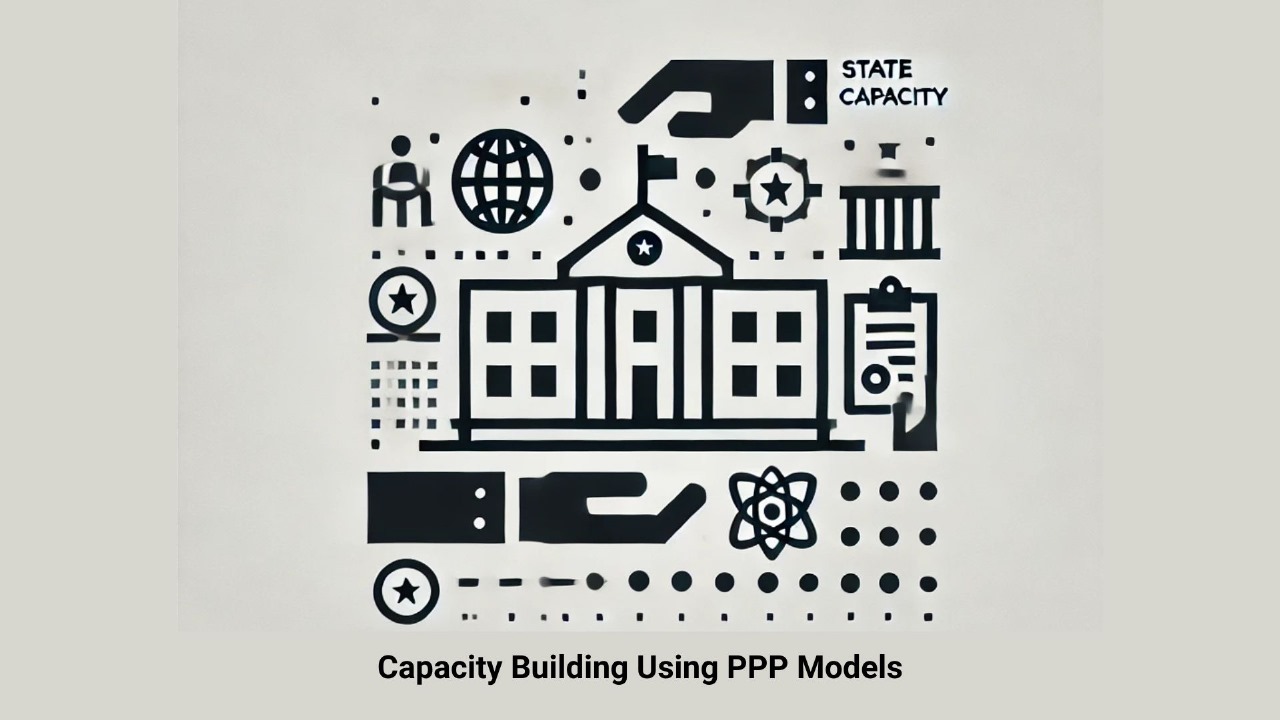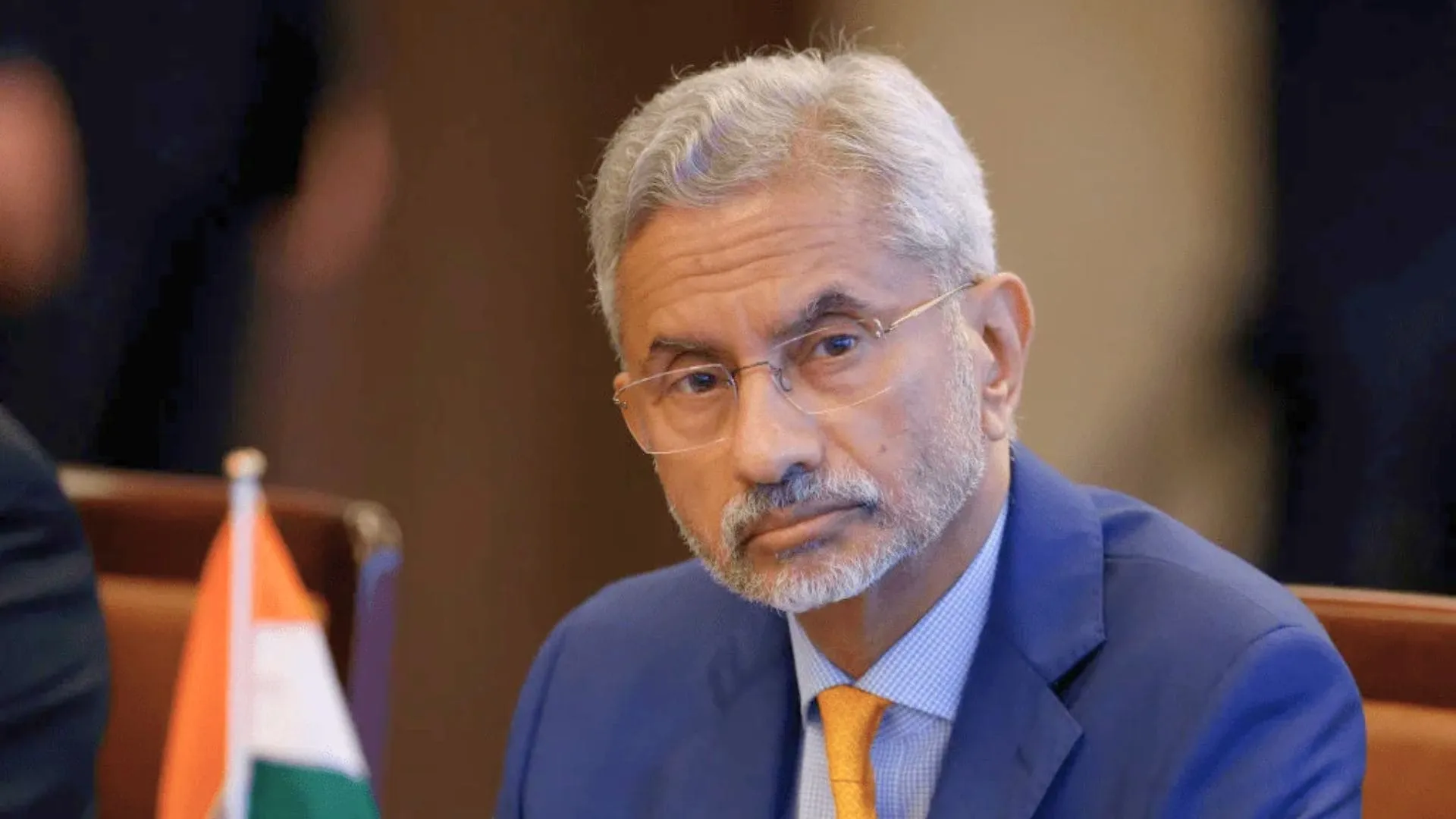Currently the fifth-largest GDP in the world, India is at the crossroads of its growth trajectory. A focus on equity and social justice would be crucial to reap the best out of its demographic dividend. For this, we collectively need to contextualize some of the critical spheres where interventions can go a long way in fostering sustained development. These vital spheres include building state capacity across government systems, poverty alleviation, creating sustainable livelihoods, building climate-resilient infrastructure, and enhancing human capabilities in general. A critical reasoning is the need to achieve the UN Sustainable Development Goals by 2030. Despite numerous challenges such as periodic floods, and geopolitical and security issues, Assam has experienced a renewed impetus in its growth trajectory in recent years. Such growth necessitates active policy action to restrict unemployment and improve healthcare and education indices throughout the state.
While the government’s role over the years has been impressive, it is no wonder that state capacity alone cannot aid such development outcomes. Civil Society Organisations, Non-Profits, and CSR stakeholders are all heavily investing time, energy, and resources in the delivering such critical outcomes in India. Assam currently provides a fertile ground for such experimention, in order to scale development projects.
While the public sector does provide the framework and personnel to scale massive welfare programs, it still lags in its implementation pathways, owing to policy ineffectiveness and inefficiency, high cost of interventions, public sector lethargy amongst others. It impacts the quality of pubic delivery services, inadvertently leading to the mass departure of ordinary citizens to the private sector for basic services such as health and education.
Because of this flight towards market driven services, such a shift also requires that individuals have a higher purchasing power in order to actually spend and acquire these services. For instance, the number of people going to private financial institutions have increased over the years. Hence, taking people out of poverty and the margins is perhaps one of the greatest challenges we face today, as these factors severely skew our development trajectory. As a result, addressing these issues necessitates more investment in outcome-based public services, financial inclusion, and collaborative PPP frameworks in these sectors. Here comes the role of private stakeholders, civil society to handhold the ultra-poor, minorities, and other backward communities through evidence-based interventions.
Poverty traps exist primarily due to the inability to meet basic needs, access basic resources, and the lack of capabilities and financial support. Active interventions can assist impoverished households in identifying employability, providing skilling and training programs, connecting them to government beneficiary programs, and assisting them in opening bank accounts, among other things.
Back in 2011, we initiated a livelihood program under Naimixa, with the help of a CSR corpus under ONGC, in Sivasagar, Assam. Initial observations showed that the people surrounding the village mostly engaged in seasonal cultivation, relying on traditional tools and methods. The returns to labor were minimal, thus perpetuating a vicious poverty cycle.
Through the program, there was an effort to allow diversification into allied sectors such as livestock, and also into more technical sectors such as mobile repairing, and computer training. In addition, women’s self-help groups took part in livelihood training workshops such as pickle-making seminars and beautician training, among other things. Trainees were linked to supply chains where they could sell their produce. A productive asset such as livestock was given to trainees through subsidized government schemes. The programs not only created new micro-entrepreneurs but also created livelihood pathways for a plethora of individuals in the region. Naimixa is now conducts weekly workshops for children in which Sattriya dance classes (a classical dance form in Assam), Borgeet recital training, and spoken English classes are being imparted. Over 100 students have already enrolled and are being actively trained. The workshops have an underlying objective to engage young adolescents and children in art forms and culture, to elevate their multi-sensory, emotional, and cognitive skillsets. This, we believe, is crucial to enhance their capabilities and artistic freedoms. However, institutionalizing such approaches demands far more thorough research, funding, staff capability, and public-private partnerships.
On similar lines, almost two decades back, reflecting on the tragic ethnic conflicts and insurgency issues in Assam, we started a peacebuilding initiative focusing on our fundamental ideals of peaceful coexistence and brotherhood. This initiative pioneered under the Srimanta Foundation, became a movement that aimed to fast-tracked peace and conflict resolution in Assam. Srimanta Foundation for Culture and Society was launched in 2003 by the then Governor of Assam, Lt General (Retd.) S. K. Singha.
While realising the impact we have managed to create in the last few years through these initiatives, we have also tried to encapsulate the key learnings over the years. Firstly, because we have been working in siloes for so long, no substantial feedback learning mechanisms have been developed, through which a benchmarking of best practies could take place. We agree that while such groundwork has increased with so many non profits working in Assam today, we have rarely seen collaborative efforts take place in the ecosystem. Hence the margin for replicating best practices and scaling pilot social programs have been limited in the state.
Within the scope of climate change too, the United Nations Environment Report (2018) states that private-sector investments are critical to close the funding gap. Weather unpredictability, increase in landslides and flood frequency, and increase in temperatures have already begun to hurt the agriculture sector in Assam. The state is one the most climate-sensitive regions in the country, with 15 of the 25 Indian districts most vulnerable to climate change being situated in Assam. Communities that reside in and around floodplains and river banks live under the constant threat of losing their livelihoods to the ravages of climate change. For a state with around 85% of the population depending on agriculture and forests, climate adaptation support for vulnerable communities is the need of the hour today. Beyond fiscal support, we also need to look at the possibility of civil society and private funding pipelines to create sustained livelihoods for such communities.
A more traditional view of philanthropy is premised on the idea that we earn money for the first half of our lives, and then start giving back in the second half. But this notion is constantly being challenged today as catalytic giving has become a part and parcel of investment frameworks, state policy decisions, and corporate agendas worldwide. Our challenges today do not allow us the time and space to delay action toward collective well-being. Given Assam’s unique challenges, it is imperative that we rethink civil society engagements not as charity but as a professionally driven fundamental duty. This article is an attempt at realising some of these issues and bringing together corporate leaders, philanthropists, Non-Profits and multilaterals to start collaborating in order to build effective solutions together.





















